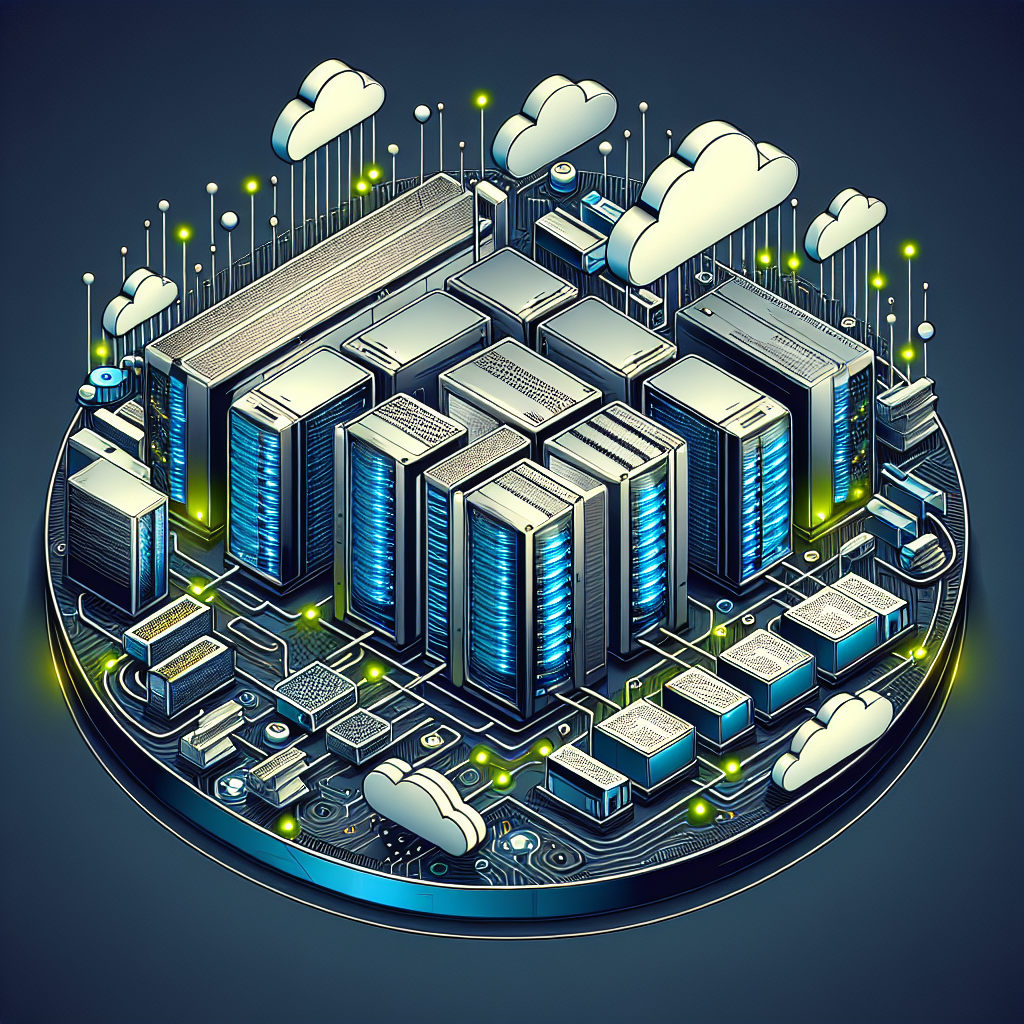Data centers play a crucial role in the functioning of modern businesses, serving as the backbone of their IT infrastructure. With the increasing reliance on digital technologies, the need for data centers to be resilient and reliable has never been more important. One key aspect of data center resilience is redundancy.
Redundancy in a data center refers to the duplication of critical components, such as power supplies, cooling systems, and network connections, to ensure continuous operation in the event of a failure. By implementing redundancy, data centers can mitigate the impact of potential disruptions and maintain high levels of availability for their services.
The role of redundancy in data center resilience cannot be overstated. Without redundancy, a single point of failure could bring down the entire data center, resulting in costly downtime and potential data loss. Redundant components, on the other hand, provide backup systems that can seamlessly take over in case of a failure, ensuring uninterrupted operation and minimal impact on business operations.
One of the key areas where redundancy plays a critical role is in power distribution. Data centers rely on a steady and reliable power supply to keep their servers and equipment running. By implementing redundant power supplies, such as uninterruptible power supplies (UPS) and backup generators, data centers can ensure that they have a secondary power source in case of a grid outage or equipment failure.
Similarly, redundancy is also essential in cooling systems to prevent overheating and equipment failure. By incorporating redundant cooling units and HVAC systems, data centers can maintain optimal operating temperatures even if one system fails. This redundancy helps to prevent downtime and equipment damage due to overheating.
In addition to power and cooling systems, redundancy is also crucial in network connectivity. Data centers rely on network connections to communicate with the outside world and ensure seamless access to their services. Redundant network connections, such as multiple internet service providers and diverse routing paths, help to ensure that data centers remain connected even in the event of a network outage.
Overall, redundancy plays a vital role in data center resilience by providing backup systems and components to ensure continuous operation in the face of potential failures. By implementing redundant power supplies, cooling systems, and network connections, data centers can minimize the risk of downtime and maintain high levels of availability for their services. In today’s digital age, where downtime can have significant financial and reputational consequences, the importance of redundancy in data center resilience cannot be understated.
